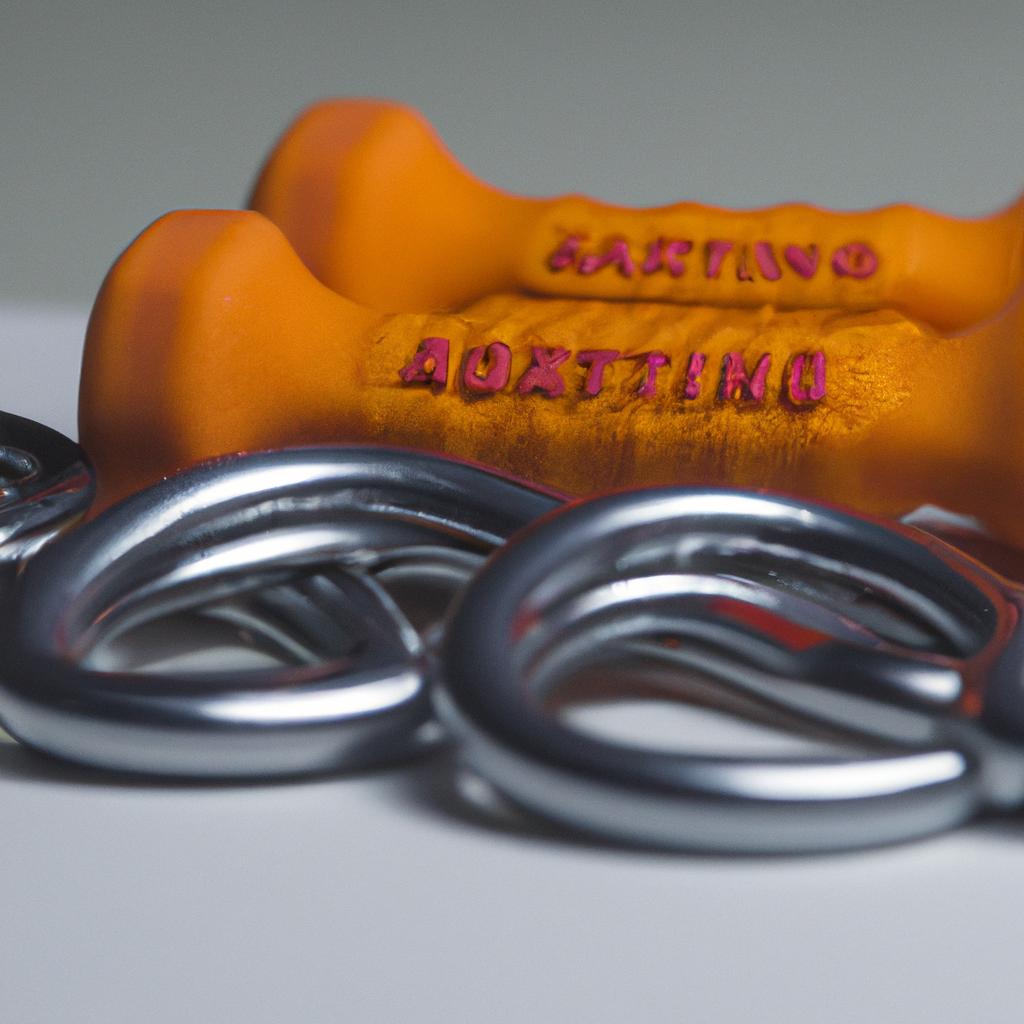**”The Role of Accessory Movements in Strength Training: How Targeted Exercises Enhance Overall Performance and Prevent Imbalances”**
# The Role of Accessory Movements in Strength Training: How Targeted Exercises Enhance Overall Performance and Prevent Imbalances
Strength training is often seen as a straightforward endeavor: lift heavy weights, gain muscle, and improve performance. However, the reality is more nuanced. While the primary lifts—like squats, deadlifts, and bench presses—are essential, accessory movements play a crucial role in enhancing overall performance and preventing muscular imbalances. This blog post will explore the significance of accessory movements in strength training, offering insights into their benefits, nutritional support, and exercise advice to optimize your training routine.
## What Are Accessory Movements?
Accessory movements are supplemental exercises that target specific muscle groups or movement patterns not fully engaged during primary lifts. While primary lifts focus on major muscle groups and compound movements, accessory exercises often isolate muscles to enhance stability, strength, and endurance.
### Importance of Accessory Movements
Incorporating accessory movements into your training regimen is vital for several reasons:
1. **Muscle Balance**: Accessory movements help develop smaller muscle groups that may be neglected during primary exercises, promoting balanced muscle development.
2. **Injury Prevention**: Strong, well-rounded musculature can reduce the risk of injury. By strengthening stabilizing muscles, accessory movements help protect joints during heavy lifts.
3. **Performance Enhancement**: Targeted exercises can enhance the specific muscles used in primary lifts, aiding in overall performance improvements.
## Nutrition Tips for Strength Training
Nutrition plays a key role in supporting strength training and maximizing the benefits of accessory movements. Here are some essential tips:
### Fuel Your Workouts
1. **Prioritize Protein**: Aim for 1.2 to 2.2 grams of protein per kilogram of body weight daily, depending on your training intensity. Protein is crucial for muscle repair and growth, making it essential for both primary and accessory movements.
2. **Carbohydrates for Energy**: Consuming complex carbohydrates like whole grains, fruits, and vegetables will provide the energy needed for your workouts. Consider a carb-rich meal or snack before training to fuel your performance.
3. **Hydration is Key**: Staying hydrated is vital for optimal muscle function and recovery. Drink water throughout the day and consider electrolyte-rich drinks during intense training sessions.
## Exercise Advice: Incorporating Accessory Movements
When integrating accessory movements, it’s important to tailor your approach to your specific goals and existing strength levels. Here are some strategies:
### Choose Your Accessory Exercises Wisely
1. **Identify Weak Points**: Assess your strength training routine and identify areas that may need improvement. For instance, if you struggle with the lockout phase of a deadlift, consider incorporating Romanian deadlifts or good mornings to strengthen your hamstrings and glutes.
2. **Balance Your Routine**: Ensure that your accessory movements address both pushing and pulling patterns. For instance, if you do a lot of bench pressing, include rows or pull-ups to counterbalance the push.
3. **Reps and Sets**: Generally, accessory movements can be performed for higher repetitions (8-15 reps) and sets (3-4 sets) compared to primary lifts. This approach helps build endurance and muscle hypertrophy.
## Health Benefits of Accessory Movements
Incorporating accessory movements into your strength training routine offers numerous health benefits, promoting not just physical fitness but overall well-being.
### Improved Joint Stability
Strengthening smaller stabilizing muscles can lead to enhanced joint stability, reducing the risk of injuries caused by muscle imbalances. This is particularly important for athletes and active individuals who engage in high-impact sports.
### Enhanced Muscle Definition
Accessory movements contribute to muscle hypertrophy, leading to improved muscle definition and aesthetics. By targeting specific muscle groups, you can achieve a more balanced and sculpted physique.
### Increased Functional Strength
Functional strength is crucial for daily activities and sports performance. Accessory movements can improve your ability to perform tasks like lifting, carrying, and sprinting by enhancing overall muscle coordination and strength.
## Conclusion
In summary, accessory movements are an invaluable component of strength training that enhance overall performance, prevent muscular imbalances, and promote injury prevention. By strategically incorporating these targeted exercises into your routine, alongside proper nutrition and exercise advice, you can optimize your strength training outcomes and achieve a well-rounded, resilient body. Accessory movements not only support your primary lifts but also play a pivotal role in your journey toward improved strength and overall fitness.















Post Comment